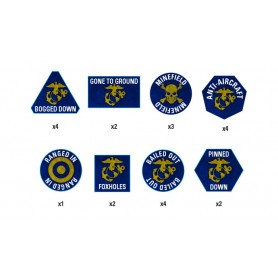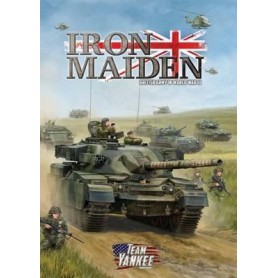How to Design A Model Railroad
Transform your basic ideas of what you want in a model railroad into a workable, realistic track plan and overall layout design that you can then build.
How much aisle space is needed? How deep can benchwork be? What’s a good minimum radius for curves? How do I best use yards and staging tracks? How to Design a Model Railroad by Lance Mindheim will get you from the daydreaming stage to designing and building a model railroad.
How to Design a Model Railroad will help you transform your basic ideas of what you want in a model railroad into a workable, realistic track plan and overall layout design that you can then build. This is a hands-on guide to drawing and designing a model railroad that will fit the available space and result in a realistic layout.
Avoid common pitfalls and progress from the design to construction phase with confidence!
Lance Mindheim is a frequent contributor to Model Railroader magazine as well as Kalmbach’s Model Railroad Planning and Great Model Railroads annuals, and his work has appeared in numerous books from Kalmbach and other publishers. He’s the owner of Shelf Layouts Co., Inc., a custom layout building and design firm. He lives in Silver Spring, Md.
Introduction
Young age, hard lesson
1 Defining a “good” layout design
Planning a model railroad is far more than developing a track plan
2 How the prototype does track planning
Follow full-size railroads to achieve realistic track arrangements
3 Basic design tools
How various types of track, grades, and negative space impact layout design
4 Combining track elements
Blending components to create sidings, spurs, yards, and other features
5 Benchwork footprints and route types
Designing your layout “canvas,” then adding a mainline route along it
6 Finalizing your footprint and route
Focusing on the benchwork and basic track plan
7 Putting it all together: Part 1—the science
Arranging the elements on the canvas
8 Putting it all together: Part 2—the art
Balance, emphasis and other visual keys to designing a realistic layout
9 Case study: Frederick, Md., 1952
Making four strategic decisions led to an effective design
Beginner model railroaders, as well as veteran modelers, can be helped and motivated by this new 144-page softbound book. Author Lance Mindheim, a contributor to Model Railroader magazine as well as other Kalmbach Media publications, has laced together a broad outline of what you should know, how you should plan, and how you should proceed if you want the best results in creating a model layout.
He first suggests that you plan a new layout that focuses on your specific interests and passions, and that those points play out in the final track plan. Also important is to design a plan that you can actually complete. One of the author's favorite layout designs is the point-to-point HO Logansport & Indiana Northern which requires a space of 24 x 26 feet with 26” minimum radius curves. He describes the layout as "comfortable to interact with, has a good sense of visual balance and provides many hours of operational enjoyment.” A track plan of this layout accompanies the text.
Numerous detailed track plans, color prototype and model photos from many sources, railroad room and benchwork ideas, and how trackwork and scenery combine to help you create the best layouts, are all featured in this thoroughly researched publication. In the last chapter, Mindheim “puts it all together” and explains how doing your research ahead of time and discovering your wants and needs, will help you to fashion a realistic, balanced layout that is satisfying for you, and interesting to others.
This book is extremely helpful in assessing values to trackwork planning, scenery creation, incorporation of structures and many more important aspects of layout construction.
-- Don Heimburger, Heimburger House Publishing Co.















